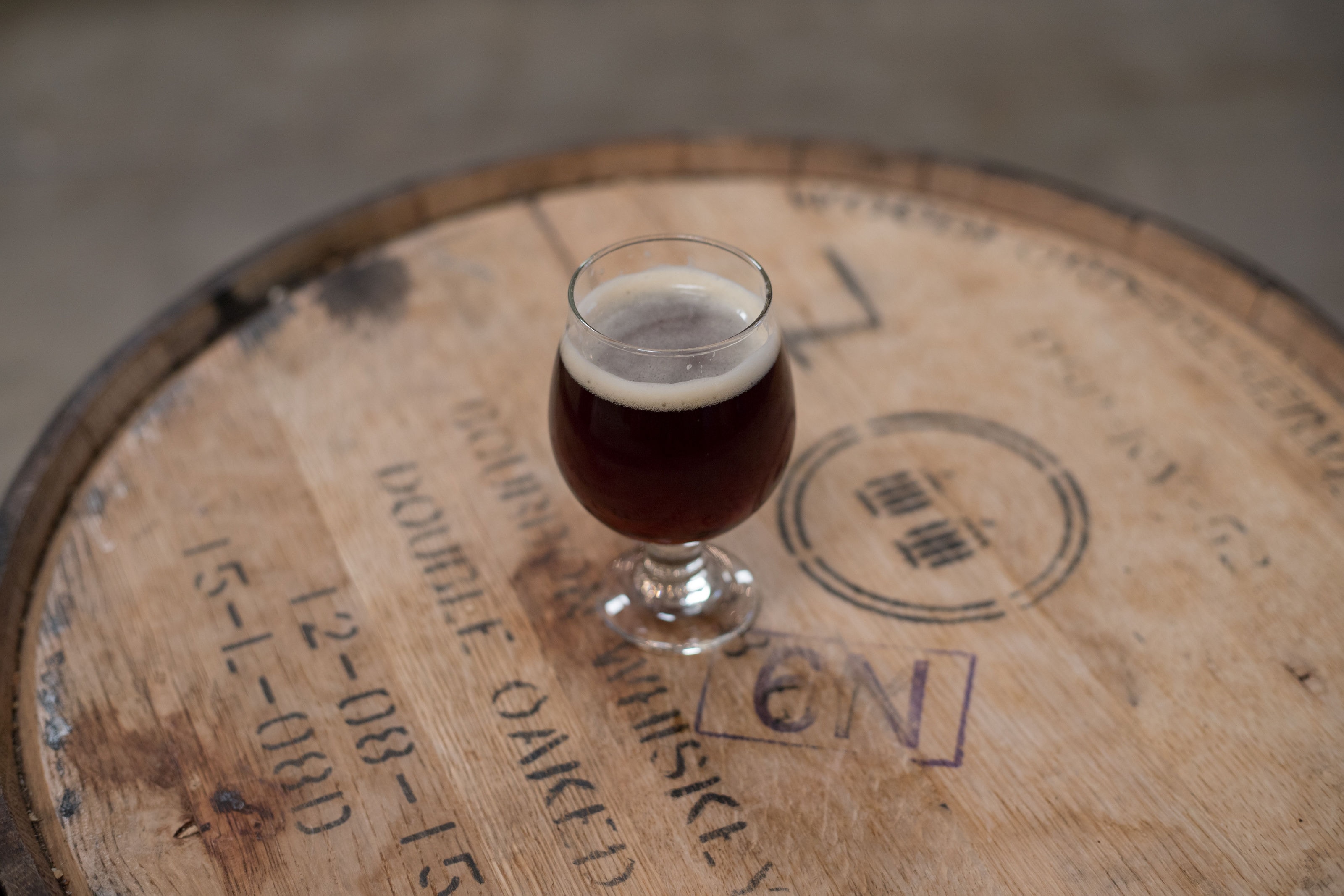Only a few varieties can match the distinct flavour of stout beers. Though they are all dark in colour, each variant has a different taste because of its barley content. Despite their differences, their warm, complex flavours make them a favoured treat among beer lovers.
The barley undergoes roasting before being malted to produce stout beer that stands out from other beers because of its bittersweet, smoky taste. The result of which is an alcoholic beverage that has a touch of dark chocolate or Colombian Roast coffee. Likewise, stout beers have an alcohol content of around 4.5 per cent, which is a low percentage compared to other beers.
However, some stouts have more alcohol content. Despite the exception, it still is generally a refreshing beer that younger drinkers can tolerate. The creamy flavour of stout beers provides its relaxing vibe, while the additional ingredients mean that there’s a variant for your preference.
Here are the common types of stout beer:
1. Dry Stout
Mention stout beer, and this is the first blend that pops out of their mind. It is stout beer without any oatmeal or lactose, and it is the flagship brew of world-renowned labels like Murphy’s, Beamish, and Guinness. If you have a high tolerance for alcohol, you can drink more of this without getting drunk because of its low alcohol by volume of 3.5–5 per cent.
2. Russian Imperial
This beer lord over other stouts with its 8–11 per cent ABV, making it heavy for casual drinkers. Its alcohol content is also comparable to wine. The espresso-licorice-tasting beer was a popular option among Russian royalty, and its high alcohol content served as a preservative when shipped for long distances without refrigeration.
3. Oatmeal stout
This stout contains about 30 per cent of oatmeal, hence its name. The result of this blend is a bitter taste that is close to ale. The practice of brewing oatmeal stout died out in the 16th century but regained life at the end of the 19th century because supposedly invalid beers became popular due to its association with porridge. The high protein content of oats provides the smooth texture of this stout, and its alcohol content is between 4–7 per cent.
4. Milk stout
Instead of oatmeal, unfermented lactose provides its creamy texture and sweet flavour because beer yeast cannot ferment it. Other brewers also use milk sugars instead of lactose. Due to its lactose content, doctors used to prescribe the consumption of this stout to increase their milk production. Regardless of ingredients, this stout beer is worth the try, and Mackeson’s is one of its more famous examples in the market today.
5. Oyster stout
Ernest Barnes combined stout beer and oyster concentrate to develop this variant that came out in the market in 1938. Close to seven decades after, Hammerton Brewery in the United Kingdom revived its oyster stout production, which places some oysters in a barrel. The name inspired some breweries to claim that it’s not for vegetarians. Likewise, Marston’s uses the name to make it sound like the right drink while consuming oysters.
Learn more about stout beers
You can taste the differences of these stout beers by going on a beer-tasting tour that will take you to different breweries in the area. Here, the brewers and the guides share more information about alcoholic beverages while you try some samples. However, don’t drink too much, or you may still end up drunk despite stout beer’s low ABV.
Are you ready to explore and enjoy the best beers in Geelong? At Geelong Beer Tours, we have the right package just for you. Book your beer tour today!

